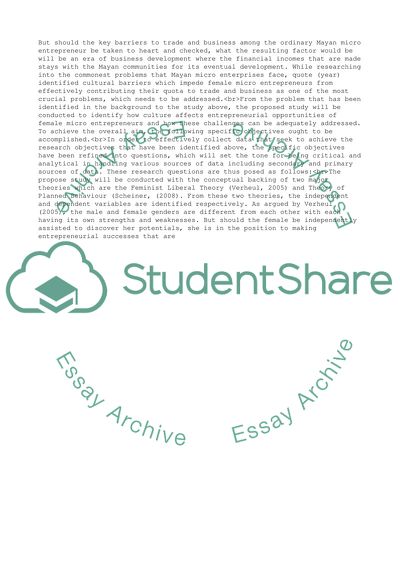Cite this document
(Micro Entrepreneurship in Mayan Communities Research Proposal, n.d.)
Micro Entrepreneurship in Mayan Communities Research Proposal. https://studentshare.org/business/1810509-micro-entrepreneurship-in-mayan-communities
Micro Entrepreneurship in Mayan Communities Research Proposal. https://studentshare.org/business/1810509-micro-entrepreneurship-in-mayan-communities
(Micro Entrepreneurship in Mayan Communities Research Proposal)
Micro Entrepreneurship in Mayan Communities Research Proposal. https://studentshare.org/business/1810509-micro-entrepreneurship-in-mayan-communities.
Micro Entrepreneurship in Mayan Communities Research Proposal. https://studentshare.org/business/1810509-micro-entrepreneurship-in-mayan-communities.
“Micro Entrepreneurship in Mayan Communities Research Proposal”. https://studentshare.org/business/1810509-micro-entrepreneurship-in-mayan-communities.


